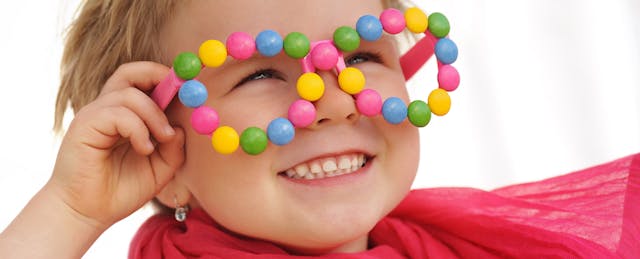It’s Maker Faire season for the Greatest Show (& Tell) on Earth. Maker Faire is a place to show what we’ve made and to share what we’ve learned with others—and schools across the globe have been eager to bring this celebration of invention, creativity, and resourcefulness to their campuses. So in 2015, we at Maker Faire central quietly launched a School Maker Faire program to provide a way for the producers of these events to share resources and advice. We’re convening as a group for the first time at the School Maker Faire Workshop in San Mateo, CA. If you’ll be at the Bay Area Maker Faire on Friday, May 20, please register and join us!
We’ve learned a lot about running a successful Maker Faire, both from our own decade of experience (including supporting community-operated events in our Maker Faire Global program)—and from the reports we’ve gotten back from teams running the event at schools. Here are ten tips to get you started:
1. Define your leadership team early on. Choose one parent, teacher, or staff person to be the face of your school Maker Faire, even if there is a group of people doing the heavy lifting behind that individual. (And send your leadership team to our School Maker Faire Workshop if you can!)
2. Catalyze support. Talk to different constituencies at your school and share your vision with them. Your enthusiasm will be infectious, especially if you back it up with the eye candy that is Maker Faire’s secret sauce. Pull together press, videos, and images from Maker Faire and the Maker movement. Look to the non-profit Maker Ed's fantastic resource library—especially the Getting Started and Making the Case sections—for a treasure trove of information and inspiration.
3. Connect with us—and with others. Register your Maker Faire with Maker Media in order to access a network of more than 100 schools (and counting) who have started their own events. (It's free to sign up; you must register to be able to use the Maker Faire trademark). When you register you get our free playbook that has most of the info you need to plan your event, as well as a community of others that you can ask questions of and learn from.
4. Call for makers to gather the data you need. You can use a paper form (we have samples available) but best is to copy our sample digital Call for Makers form. This will keep all the logistical details in one place—who needs electrical, contact info, how many tables and chairs are needed, etc.
5. Focus on hands-on experiences. Students who come to your event should make at least one thing, if not a dozen things. Can they make something at every station? Make sure there is making at your Maker Faire.
6. Think outside the trifold. While we delight in the Maker movement’s influence on schools as a way to breathe new life in the science fair model, make sure that you’re doing more than just slapping a new name on the same old exhibition. A good way to do this is to discourage the trifold presentation board. Instead, encourage kids to tell the story of their Maker projects with the projects themselves, demonstrating with prototypes and models, notebooks, slideshows, image-heavy posters—you name it!
7. Celebrate the unfinished. Not every booth needs to feature a finished project. Seeing something mid-process can be just as interesting as examining a successfully completed project, as long as the story is told well. If students did not complete their projects in time for your final deadline, they can work on the projects during the fair in a demo mode, or they can host skill builder workshops at their tables to demonstrate essential maker skills that went into creating their projects.
8. Make sure you include adults. Showcase not only student projects by individuals and groups, but also projects made by teachers, parents, or members of the community. We think it's critical to emphasize that everyone is a maker. Makers embrace lifelong learning like nobody else; grandparents, teachers and the principal exhibiting next to students conveys the message that Making is what you can do long past when you are young and in school.
9. Take pictures and video! These will help you galvanize support for a second event and grow other maker programs at your school. They’ll also help us strengthen the program as long as you share those images with us!
10. Tell us about your event. This program is in its infancy, and you have a chance to make it amazing by giving us your input. Share your pictures and videos and your kids could be the face of a successful Maker Faire. We want to create this program with you!


